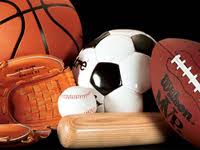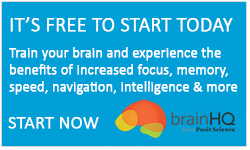Brain Injury and Concussion in Sport

In the last few years, concussion in sport has become a recurring headline. The NFL has recently stated that up to a third of its retired players will develop long-term cognitive problems. And while professional sport bodies such as the NFL and NHL have begun to monitor the rates of concussion and to reassess their return-to-play policy, both leagues still struggle with the issue. The NHL introduced a new rule to reduce the amount of concussions in the 2010-11 season, but it has not changed the rate of concussion. The same goes for the NFL which saw an increase of 21% in 2010, the year following a similar rule change.
These leagues are struggling with wide ranging cultural change. These rule changes have led to an under-reporting of head injuries to keep players off a concussion list which then keeps the player sidelined for a longer period of time. Or, players are simply not reporting the severity of their symptoms as the incentives and pressure to return-to-play are too great and too ingrained.
Of particular worry is that these injuries are happening to younger athletes at the varsity and college level, when brain development is still occurring. While, rates of enrollment in football and hockey are dropping in North America, soccer is growing but not exempt from concussion issues. Recent studies show that repeated heading of a soccer ball can contribute to neurodegenerative problems, especially when done improperly or imprecisely, thus having the ball impact the head in a less stable or solid location. The most recent World Cup showed how FIFA struggles to enforce its own concussion policy after an unconscious player returned to play from a stretcher.
Concussions have also been linked to other injuries because of the damage to the control centre of the body. Athletes rely on high levels of vision, balance, motor functions and cardio vascular efficiency to perform at the professional level. When the control centre for all of these bodily functions is damaged, the physical response rate of those systems becomes compromised, leading to additional injury and more time on the sidelines. There is a related increase in, for instance, knee injuries in athletes that have suffered a head injury.
However, all this focus on the issue has brought in changes to on-field assessment of players, and new rules to protect the health of players at all levels. With an increased understanding of neuroplasticity, new programs of healing and returning to play have also emerged. The long held view to healing from concussion was to simply rest and wait until the symptoms disappeared. This is not the approach that Sidney Crosby took to recover from his concussion.
After a concussion, the brain is trying to furiously rewire itself, to rebuild neuropathways which replace or reinforce the damaged ones. To invigorate this process, any type of new learning contributes to quicker brain health. From walking barefoot to improve balance, to learning a new language or studying a subject you never had time for before the injury; brain training activities are becoming an essential part of the return to play process.
Try for free the following four clinically proven brain exercises from BrainHQ:
DynamicBrain Inc. is the Canadian Partner of Posit Science Corporation providing brain fitness program, BrainHQ in English and French.






 English
English
 Français
Français



